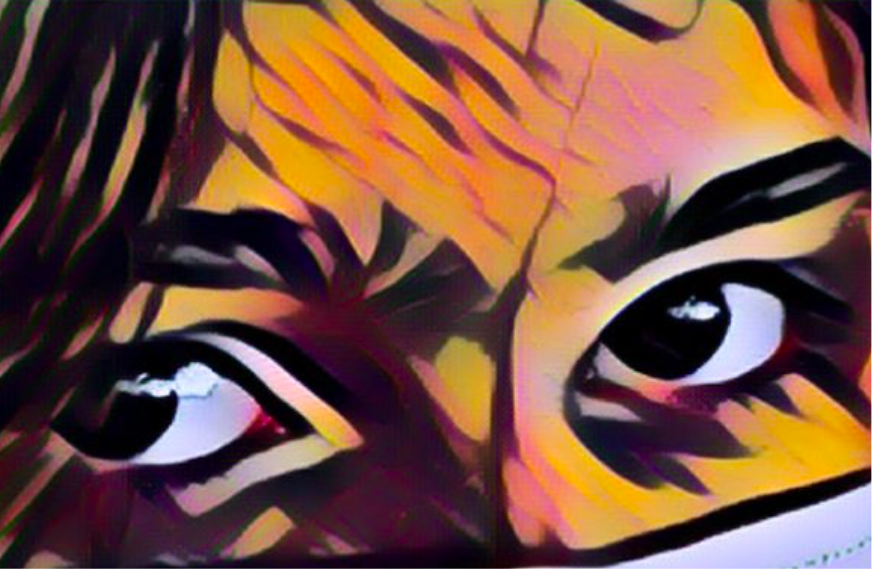For quite some time, TikTok has been a popular topic in the world of politics. Suspicions of spyware have put the social media app on the front page and – quite literally – on trial.
But TikTok is also a contentious topic within the world of psychology and psychiatry.

The number of videos on TikTok about psychology, psychiatry, and mental health is significant – videos often rack up thousands – if not millions – of views. As of late October 2025, there are 4.6 million videos with the hashtag #adhd, 4.3 million with #depression, 3.5 million with #autism, over 500k videos tagged #ocd – the list goes on.
Evidently, psychology is something people want to know about – and rightfully so. In a world where psychiatric disorders were stigmatized and unknown for centuries, and for a generation who struggles with higher rates of mental health issues, understanding mental health issues is incredibly important: it allows people to be better supported and offer better support.
But TikTok psychology isn’t just about sharing information: a certain subset of its followers has begun engaging in self-diagnosis.
Self-diagnosis is a pretty self-explanatory concept: it means to diagnose oneself – regardless of qualification to do so – with a disorder. People’s propensity to self-diagnose doesn’t come from a place of malice – as explained by Jessica A. Jaramillo, an Interim Crisis Coordinator and Clinical Supervisor at the Counseling Center of the University of Colorado, Denver, “finding an explanation can be cathartic,” especially when one has been struggling. Additionally, getting a medical diagnosis is not an option available to some, whether that be financial reasons or the long waiting lists for appointments.
TikTok makes self-diagnosis a lot more accessible. Through its algorithm, it propagates information about different mental disorders, and when people see the lists of symptoms and struggles faced by those with ADHD, autism, and OCD, they can’t help but think, “Wait, am I . . .?”
But it often isn’t the case – people who self-diagnose “are 5 to 11 times more likely to incorrectly diagnose themselves than correctly find a mental illness.” So why do these viewers feel so confident diagnosing themselves?
Amongst mental health TikToks’ problems include the fact that they often frame common behaviors or struggles as being symptoms of a disorder. A popular example, highlighted in an article by The Conversation, is how procrastination is sometimes framed as being a “clear-cut sign of ADHD,” even though it’s something people without ADHD deal with – or even struggle with. In 2022, a 17-year-old told the New York Times that she believed that she was struggling with depersonalization disorder following various distressing feelings, including feeling as though she was “living outside her body.” However, these feelings also emerged during quarantine, which was an extremely mentally taxing period for many. After returning to school, the 17-year-old, with the help of her school psychologist, realized that these real feelings were more likely the product of the difficult isolation period rather than a mental disorder.

TikToks are also notorious for misinformation – indeed, in a study conducted by telehealthcare service PlushCare, it was found that close to 84% of 500 videos about mental health were “misleading.” Misinformation on TikTok can also be dangerous: the study also found that 14.2% of the videos contained advice that promoted “potentially damaging” behaviors – the example provided was “suggesting certain medications without talking to a doctor.” Additionally, the prominence of “anecdotal evidence” contributes significantly to the rising rates of self-diagnosis. Though creators with mental health conditions may be discussing their personal experiences, viewers who have a similar experience may conflate sharing experiences with sharing a disorder.
As people are pushed more of this content, people become more likely to self-diagnose: in an interview with NPR, Vasileia Karasavva – a PhD student at UBC and author of a study about ADHD content on TikTok – said that “people who consumed more [TikTok content related to ADHD] also felt worse about their own symptoms.” A study conducted by The Conversation found similar results, in which self-diagnosed people who watched videos about ADHD on TikTok found their beliefs strengthened. People who “initially didn’t think they had ADHD became less sure.”
Those who watch mental health-related content might also begin subconsciously adopting certain mannerisms: in a 2021 interview, psychiatrist Adeola Adelayo, MD, reported that the Banner Behavioral Health Hospital was “see[ing] an explosion of Tourette-like tics in [their] unit and every single case has been linked with watching countless TikTok videos about people with Tourette syndrome.” These teenagers weren’t faking it – Dr. Adelayo believed it to be a different “functional movement disorder” with other underlying causes – but following a “series of individualized treatment plans” and a two-week TikTok detox, the patients ceased having tics.
Just like with Dr. Adelayo’s patients, self-diagnosing usually isn’t malicious. People often have genuine concerns, and being adamant about getting help—especially in a field where certain groups have historically gone underdiagnosed—isn’t inherently bad. But that doesn’t necessarily mitigate the problems that it causes.
Therapists and counselors have seen more patients who walk into appointments with information from TikTok, sometimes even trying to obtain professional diagnoses when one is not warranted. In an interview with CNN, Dr. Larry D. Mitnaul, a child and adolescent psychiatrist working in Kansas, reported that he’s noticed “teens are coming into [their] office with already very strong opinions about their own self-diagnosis;” licensed marriage and family therapist Annie Barsch reported something similar to the New York Times, saying that some patients continuously “ke[pt] pushing the same agenda.” Taking patients’ concerns seriously – and not engaging in “medical gaslighting” – whilst being honest about how the patients might be “over-pathologizing a symptom that is within the range of typical” puts undue pressure on licensed professionals.
Those who have self-diagnosed may, as aforementioned, seek out a professional diagnosis. However, getting a diagnosis and seeing a professional isn’t a simple ordeal. Unfortunately, the mental health field is incredibly understaffed – the Kaiser Family Foundation found that 47% of the US population was “living in a mental health workforce shortage area” in 2022: getting out of that shortage would require hundreds more professionals. For people who genuinely have mental health disorders that impede their life, getting on “an already stretched waiting list” can take a very long time, and the addition of people who have self-diagnosed only puts more burden on an already strained field.
It’s also important to note that, while the young viewers who self-diagnose may not have bad intentions, those who create content may have an incentive to misrepresent things. Half of ADHD TikToks analyzed in a 2025 study were selling products or “seeking financial compensation in another form.”
It is essential to unequivocally state that mental health being destigmatized – helped by the advent of social media platforms like TikTok – is incredibly important and good. The real lesson from this isn’t unique to TikTok’s self-diagnosis epidemic, but is paramount to internalize: short-form videos should not be taken at face value. Self-diagnosing based on 60 seconds of misinformation or misinterpretation isn’t harmless – it can cost money, time, mental energy, and this fixation can prevent individuals from getting the help they truly need. It puts an unwarranted amount of stress on an already struggling line of service.
It’s great to learn about psychology, reflect on your behaviors, learn about misunderstood disorders, and push for your concerns to be heard in your doctor’s office, but TikTok might not be the best resource for your research.






